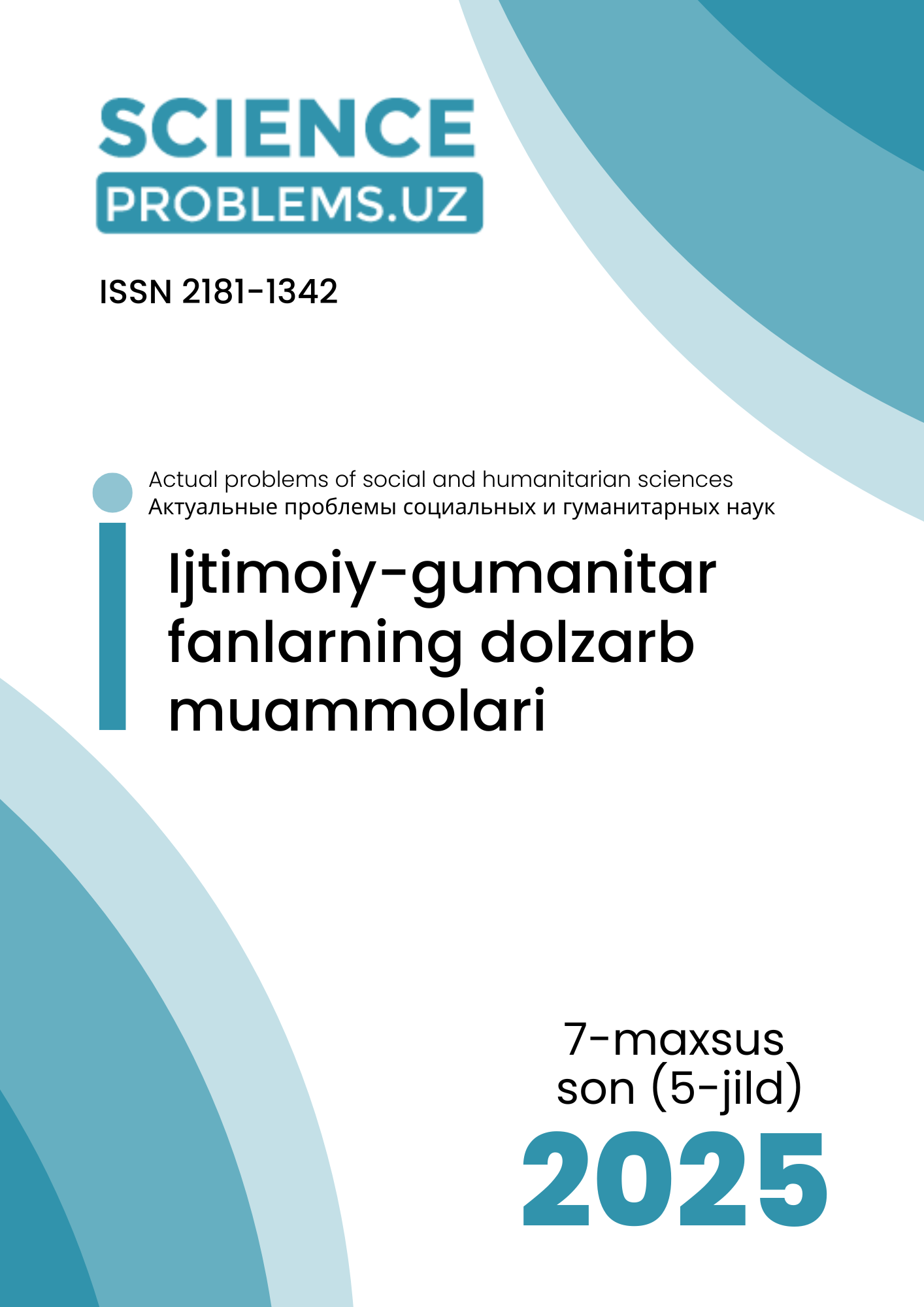THE UNIQUENESS OF THE SUKUK FINANCIAL INSTRUMENT. THEORETICAL ANALYSIS OF THE UNIQUE SIMILARITIES AND DIFFERENCES BETWEEN SUKUK AND BONDS
DOI:
https://doi.org/10.47390/SPR1342V5SI7Y2025N25Keywords:
Sukuk, Islamic finance, Sharia-compliant financing, riba, bond, real asset, financial instrument, AAOIFI, IIFM, IFSB, ownership, interest-free income, asset-based finance, financial risk, legal and economic analysis, Uzbek legislation, Sharia principles, investment vehicle, Islamic bond, capital market.Abstract
This article provides analytical information on the essence, legal and economic features, and main differences from traditional bonds - sukuk, an important instrument of the Islamic financial system. Although sukuk are called "Islamic bonds", their basic structure is based on ownership relations, is provided by real assets, and is free from riba (interest). The article provides a comprehensive overview of the Sharia compliance of sukuk, their asset-linked nature, and their representation of ownership rights through official definitions provided by international financial organizations such as AAOIFI, IIFM, and IFSB. It also provides a comparative analysis with the definition of bonds in Uzbek law. Sukuk shares risk and return between the investor and the issuer in obtaining profits, and unlike bonds, does not have a predetermined interest rate. At the end of the article, it is emphasized that in order for sukuk to function as a Sharia-based financial mechanism, it is necessary to strictly adhere to special principles.
References
1 Are sukuk debt or equity? A classification of sukuk by regulatory bodies and credit rating agencies..
2 AAOIFI (Accounting and Auditing Organization of Islamic Financial Institutions). (Pp – 468).
3 AAOIFI, Shari’a Standards for Islamic Financial Institutions (AAOIFI 2010) 303–323.
4 IIFM, ‘IIFM Ṣukūk Report 1st Edition’ (IIFM, 2010) 3. http://www.iifm.net/docu-ments/iifm-sukuk-report-1st-edition. Accessed 4 March 2015.
5 M Safari, M Ariff and S Mohamad, Sukuk Securities: New Ways of Debt Contracting (Wiley & Sons 2014) 22.
6 R Ali and I Mufti, ‘Legal and Structural Anatomy of a Sukuk’ in R Ali (ed), Sukuk and Islamic Capital Markets (Globe Business Publishing 2011) 51.
1.7 Generally A Haqqi, ‘Shariah Governance in Islamic Financial Institution: An Appraisal’ (2014) 11 US-China Law Review 112.
1.8 SCA’s Decision No 16 of 2014 Concerning the Regulation of Ṣu kūk , Chapter 1, Article 1.
9 On the differences between sụ kūk , debt securities, and equity securities, see G Fuller, The Law and Practice of International Capital Markets (3 edn, LexisNexis 2012) 10; N Adam and A Thomas (eds), Islamic Bonds: Your Guide to Issuing, Structuring and Investing in Sukuk (Euromoney Books 2004) 54.
10 A Dusuki and S Mokhtar, Critical Appraisal of Shariah Issues on Ownership in Asset-Based Sukuk as Implemented in the Islamic Debt Market (ISRA 2010) 29.








